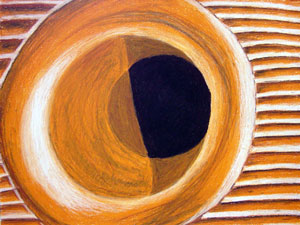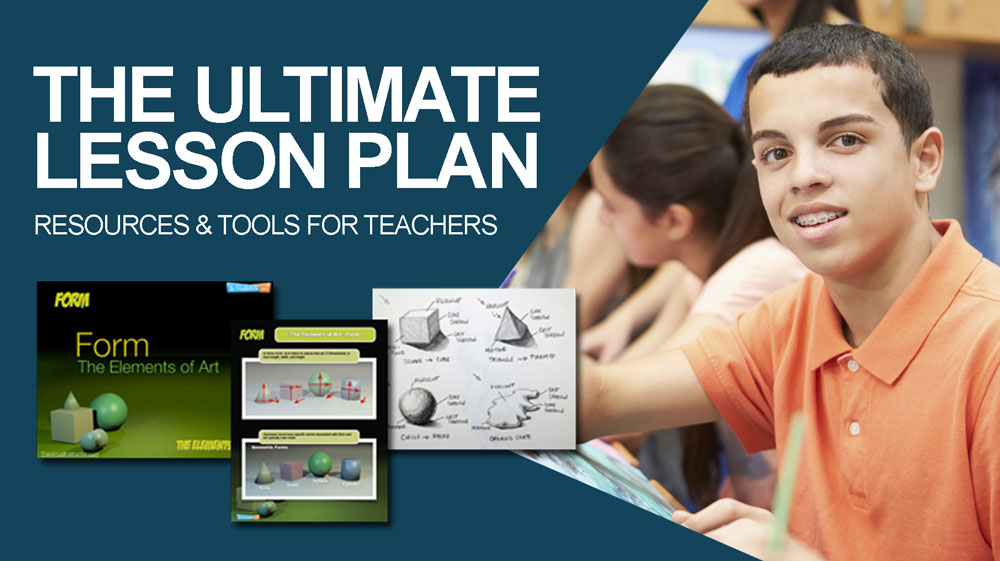By Matt Fussell

True abstraction can be difficult to teach. However, helping students understand abstraction is essential in any art curriculum. Why not use the art movement of Precisionism to help students make the mental transition from representational art and abstract art? Precisionism is a form of abstraction in which hard lines and simplified forms represent objects from reality. Most Precisionist artworks focused on Industrial imagery, although artists such as Georgia O'Keeffe strayed from this. Encouraging students to look at objects close up, but draw them in a realistic manner can result in Precisionist looking works. This process is similar to Georgia O'Keeffe's large flower paintings.
Class Level: Art 2/ 3
Overview and Purpose: Students will learn that abstraction starts with objects from reality and changes them according to the artist's discretion. Students will produce a drawing that translates as an abstract drawing, but is completed in a representational manner.
Materials: 18" by 24" white drawing paper, oil pastels
Objectives: The student will learn the Precisionist form of abstraction and produce an abstract drawing with oil pastels.
Delivery of info: Students will be presented with examples of Precisionist abstract paintings, including those by Georgia O'Keeffe. Students will discuss the philosophies of the Precisionist artists and how they relate to the creation of abstract art. Teacher will lead in a demonstration of how a Precisionist drawing may be composed from an everyday object.
Guided Practice: Students will work while the teacher walks around and monitors progress. Students will have 7 days to complete the assignment.
Review: abstraction, different forms of art, oil pastels, composition
Estimated Duration: 7 days
Important Resources:
Types of Art
Video Resources
Oil Pastels
Composition Theory #1
Composition Theory #2
Composition Theory #3
Back to Art Lesson Plans
